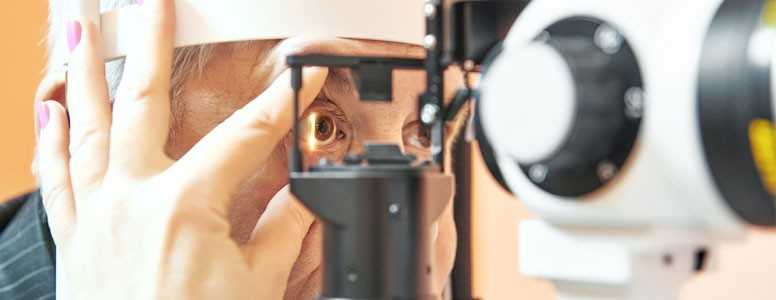Scientists think they may have found a better way to look for diabetic macular edema, an eye condition which can be a complication of diabetes.
The technique, developed by researchers from the Indiana University School of Optometry, also proved to be highly effective in people from an ethnic background.
The study team analysed photos of the eyes from more than 2,000 people with diabetes. They found changes in the eyes could be related to the visible light spectrum, which reveals how light is reflected in the eyes.
The findings, which have been published in the Optometry and Vision Science journal, suggest diagnosing diabetic macular edema can be improved by separating the “red colour channel”, which helps show abnormalities in the eyes.
The red colour channel controls frequencies within the eye. In the light spectrum there are varying wavelengths, which correspond to a specific colour, and the colour red is associated with a long wavelength, while violet is associated with the shortest wavelength.
Lead author Dr Mastour A. Alhamami, Ph.D, and colleagues said that focusing on the red colour channel helped them identify diabetic macular edema, which develops when fluid builds up in the retina.
The photos used in the study showed 148 people had macular edema; within that group, 13 had cystic macular edema (CME), a condition where multiple cyst-like areas develop on the macular part of the eye.
During the research, the red channel cysts were discovered in the eyes of 12 of the participants, but only five of the 13 could be identified when the green channel was used.
Alhamami believes the red colour channel of the images could have a particular advantage in detecting diabetic macular edema in people with diabetes from an ethnic background whose natural pigments in the back of the eye could be darker.
The authors noted that using the wavelength illumination techniques “may provide earlier detection and better management of the new therapeutic regimes for diabetic macular edema.”
It is thought the findings could help make significant positive changes to improve the detection of diabetic macular edema. The condition is estimated to affect 21 million worldwide.
What's new on the forum? ⭐️
Get our free newsletters
Stay up to date with the latest news, research and breakthroughs.




